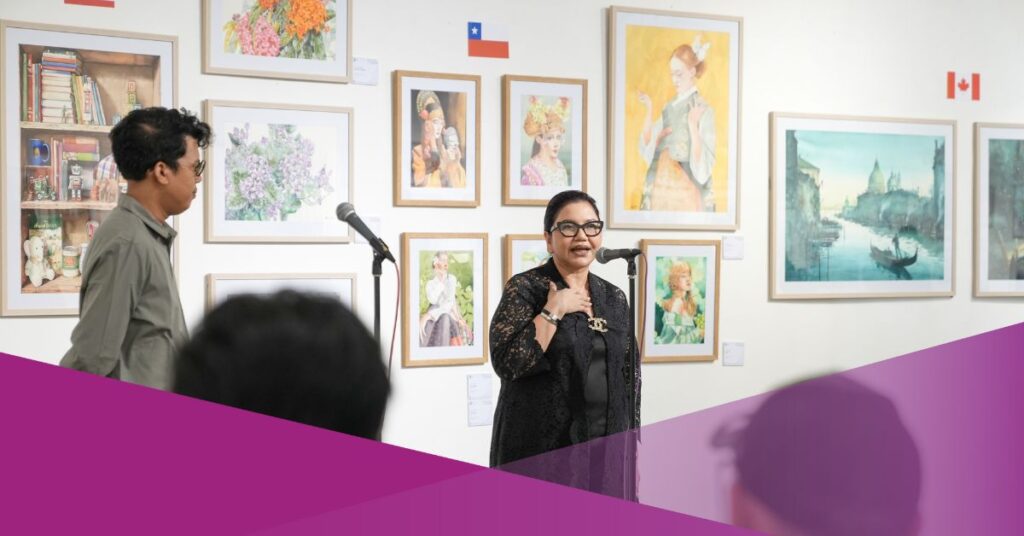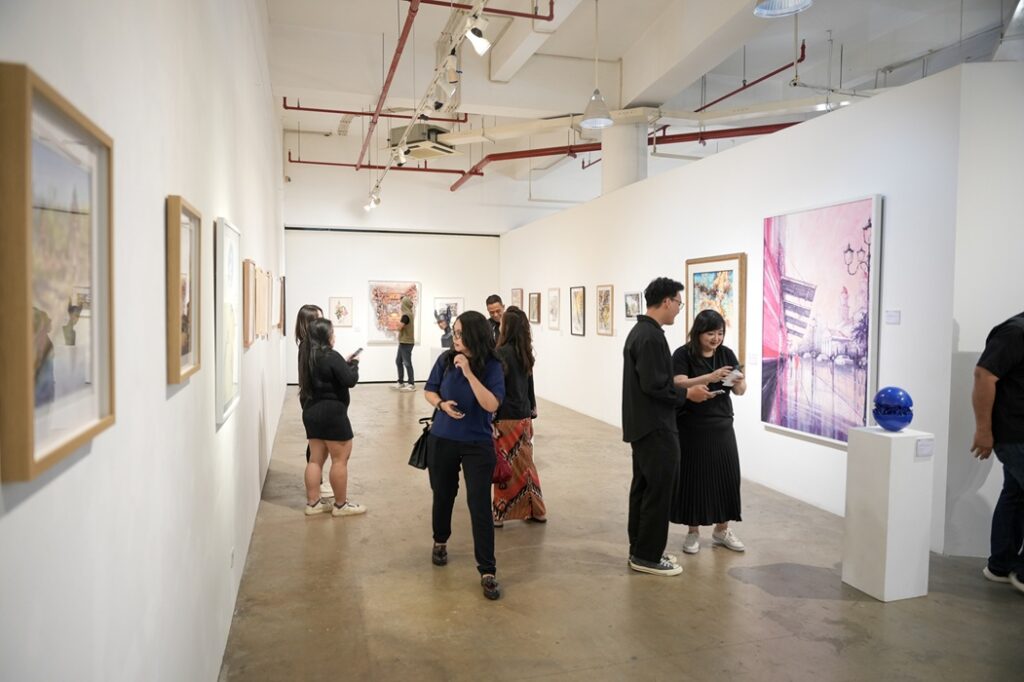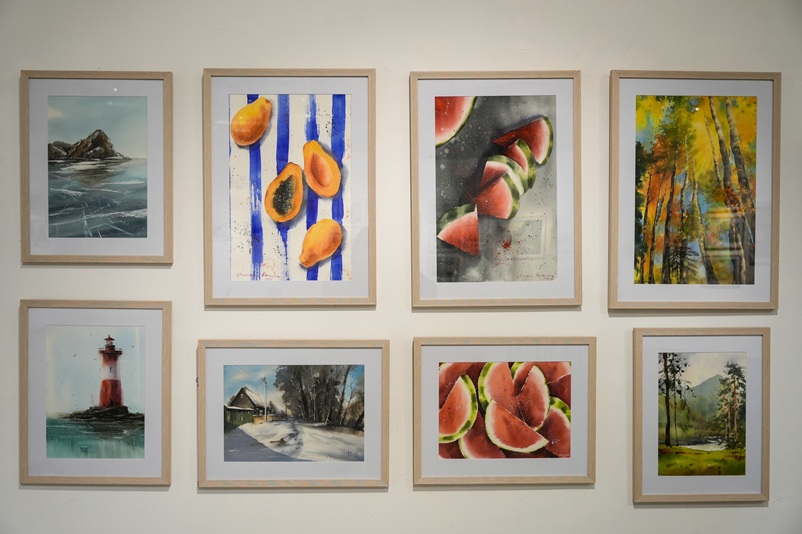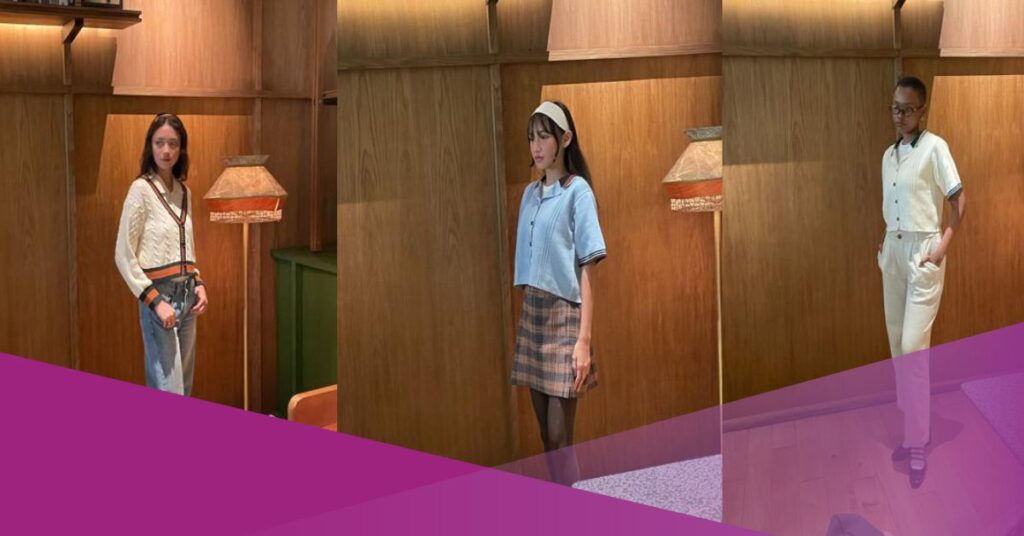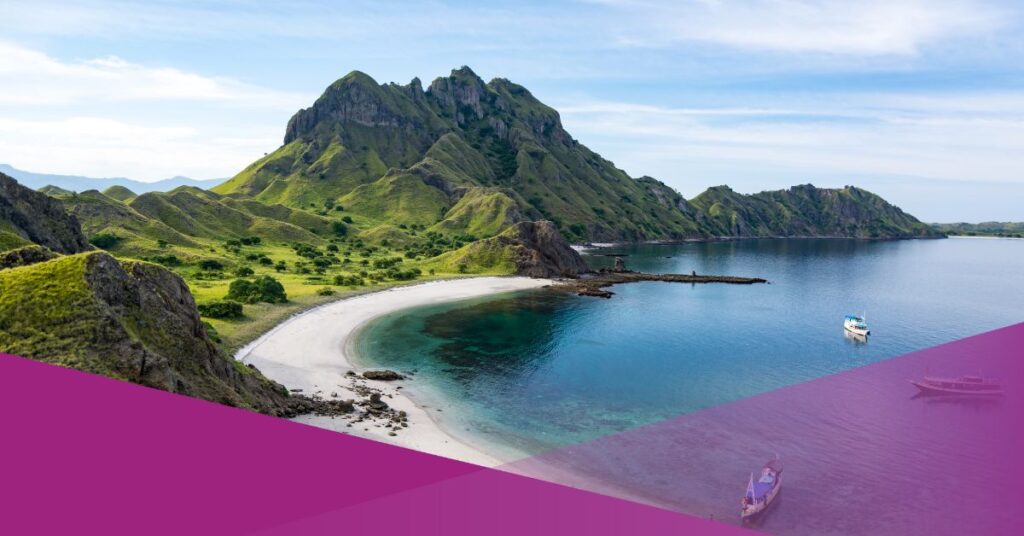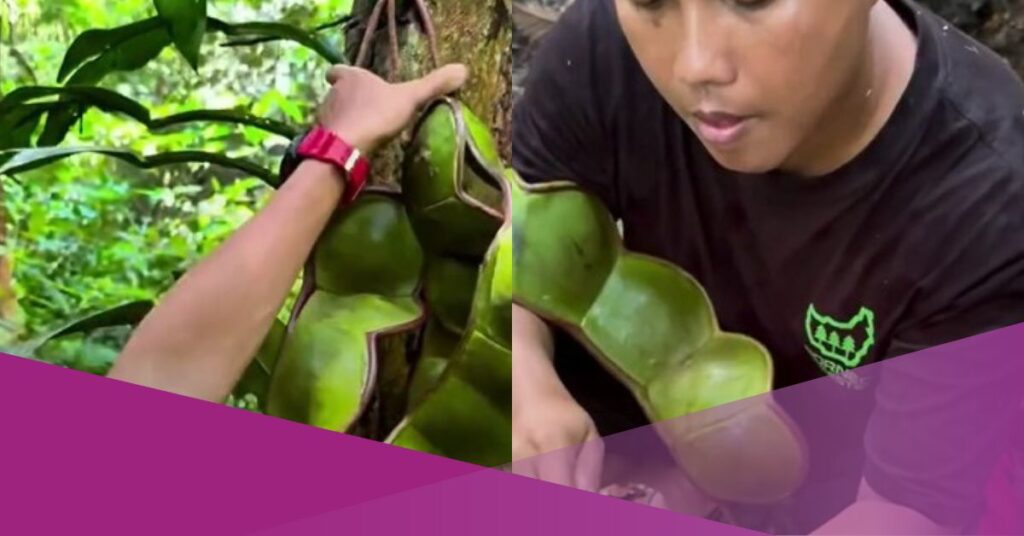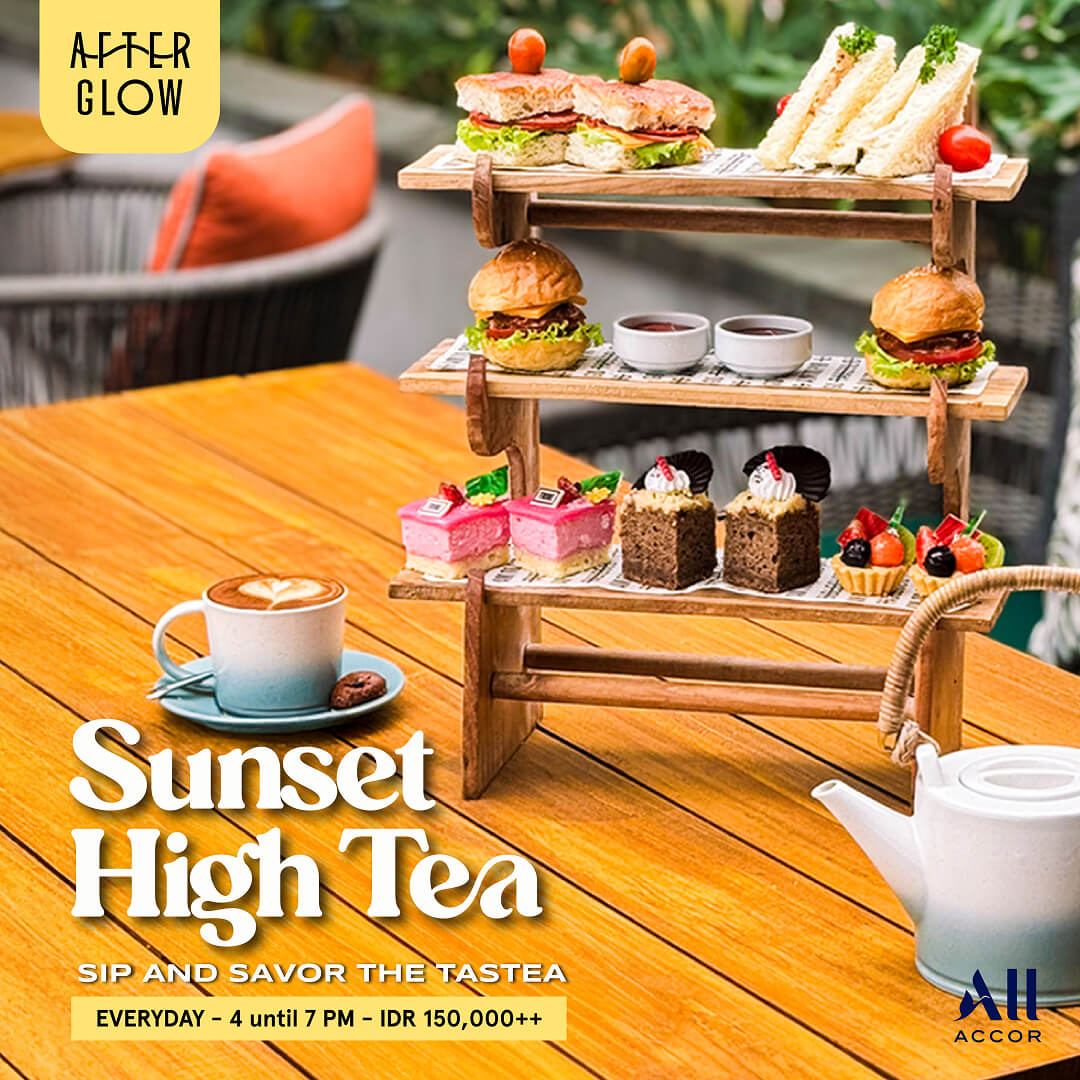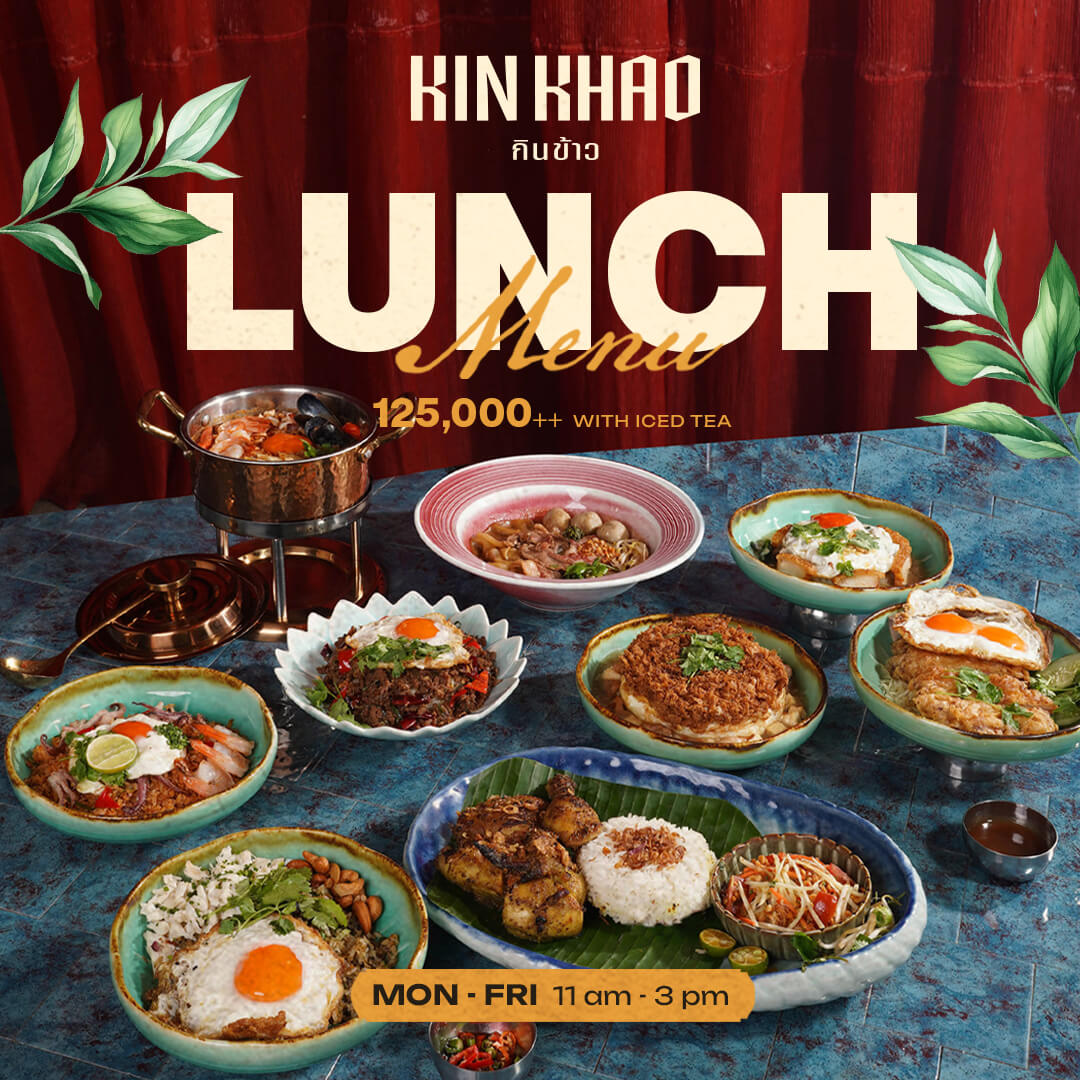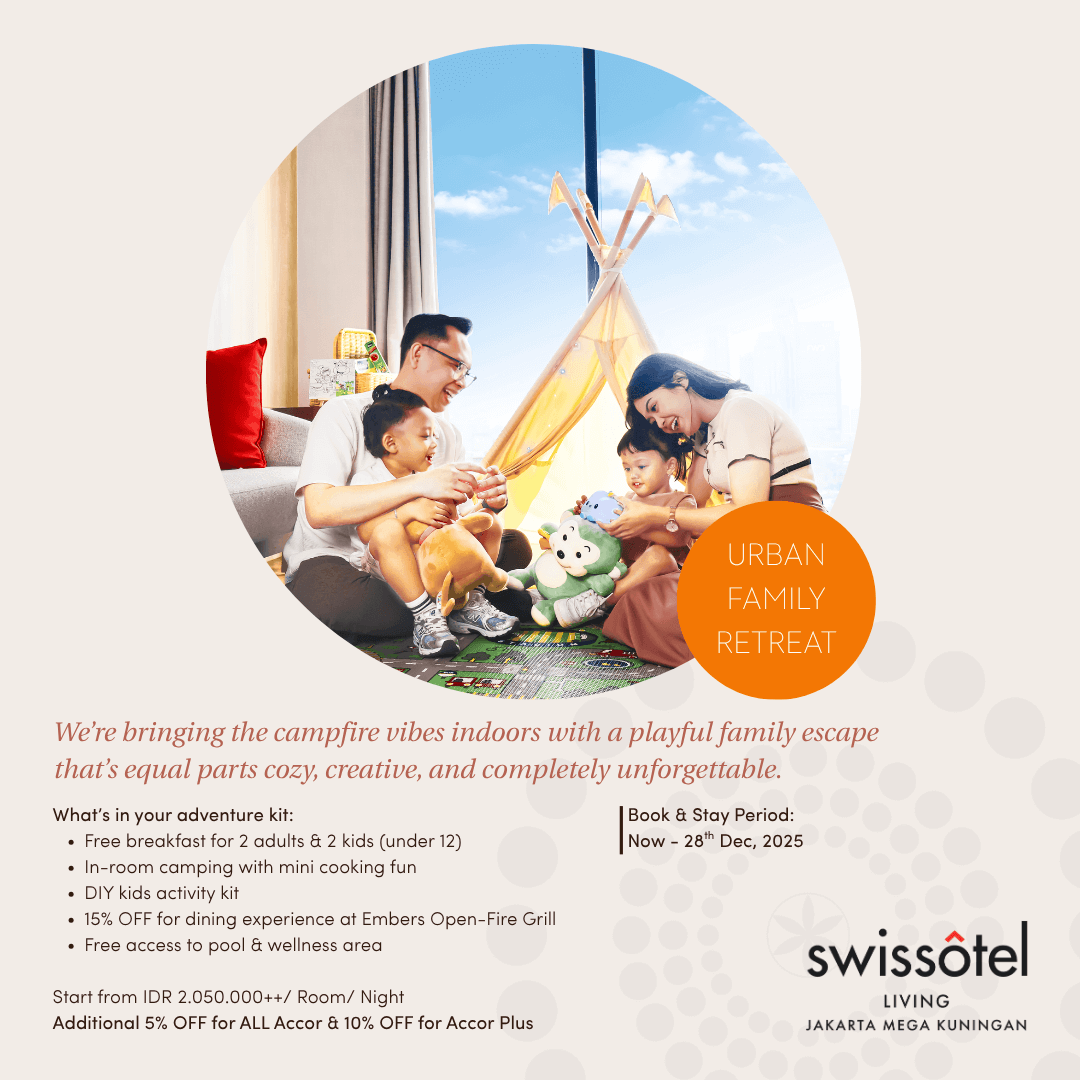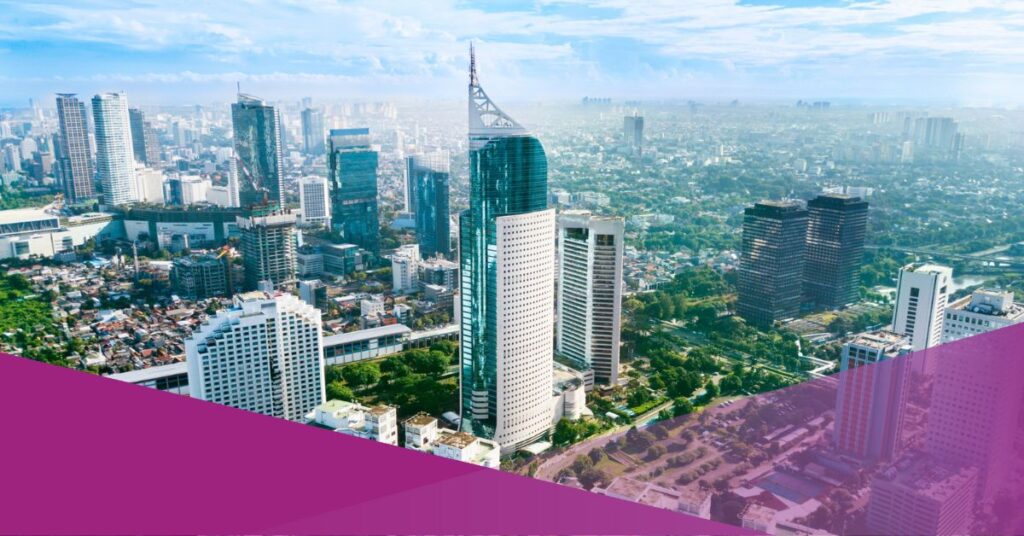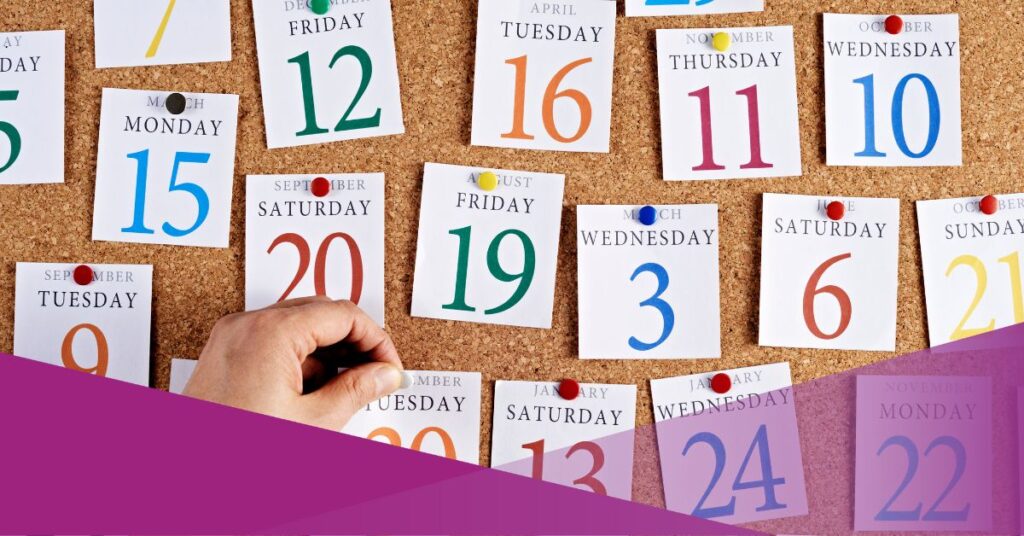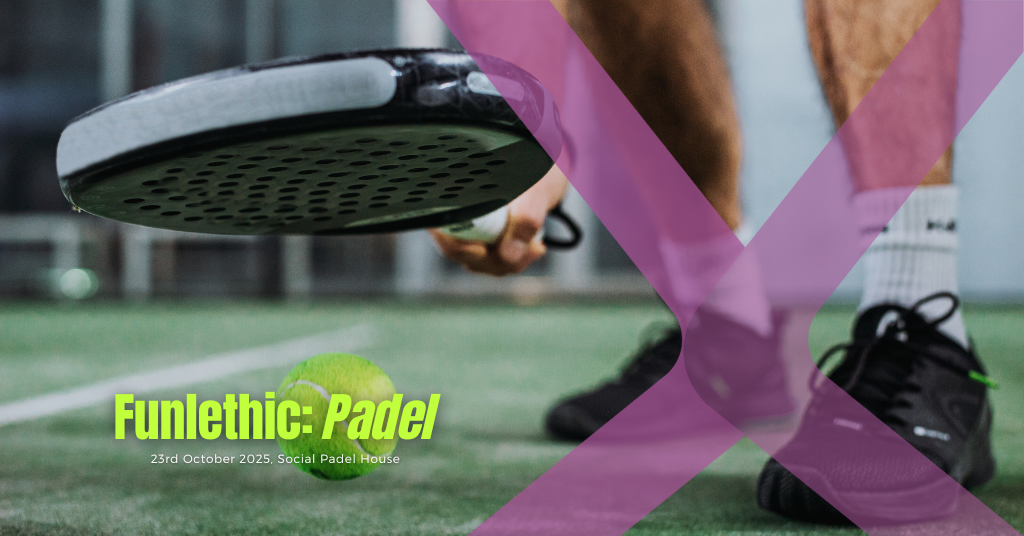The Indonesia Watercolor Summit (IWCS) is staging an international exhibition in two Indonesian cities: Jakarta and Bali.
The event opens at Museum Art:1, Jl Rajawali Selatan Raya No. 3, Jakarta, from 31 October to 10 November 2025. Founded in 2020 by Silvia Zulaika,
IWCS is more than a community, it functions as a creative hub that connects artists from diverse backgrounds to share ideas, experiences, and inspiration.
Curated by Anna Sungkar, the exhibition features artists from seven countries: Australia (Amie Dupuy), Canada (Javid Tabai), Chile (Julia Camara), Iran (Sareh Mohebeian), Russia (Eugeniya Kostikova, Maksim Mishin, Irina Kulemina, Natalia Pilipuk, Anastasia Petryaeva, Natalia Dmitrieva) and Indonesia (Nanang Widjaja, Sitok Srengenge, Icka Gavrilla of Yogyakarta; Dony Hendro Wibowo of Semarang; Veynie Vokke of Surabaya; Nurul Ula Sayyidatunnisa of Bandung; Syakieb Sungkar of Jakarta).
“We find a kind of journey across media, styles, and cultures bound by one thing: the use of watercolour as a primary language,” Sungkar said.
She added, “Watercolour, a medium often considered fragile and spontaneous, actually is a tool for conveying a wide range of expression. From atmospheric realism to surrealist pop illustration, from monumental landscapes to intimate portraits, we are invited to explore an aesthetic spectrum that connects the real world with the realm of imagination.”
IWCS 2025 Debuts in Jakarta
Among the featured works is Javid Tabai’s Cloudy Harbour, which places a large ship and a dock under an overcast sky, creating a tension between departure and return.
Other highlights include Anastasia Petryaeva’s Vacation and Turquoise Dream, where water is portrayed as human and intimate.
The exhibition is complemented by cultural visits, historical-artifact tours, hands-on workshops and group painting sessions held in both Jakarta and Bali.
These activities aim to present Indonesia’s cultural diversity and position art as a medium for international dialogue.
From Jakarta to Bali: A Cultural Journey
Following the Jakarta leg, IWCS moves to Bali for its second phase from 6 to 11 November 2025. The dual-city format underlines IWCS’s ambition to foster cross-cultural exchange and to bring together contemporary artists and their diverse visual languages under one platform.
As curator Anna Sungkar notes, the show can “be read as a broad exploration of how humans, nature, and cultural symbols intertwine in a fluid visual language.”
The works in the exhibition traverse a wide range of themes and geographies. They include urban spaces such as Istanbul, Isfahan and Venice, which demonstrate how watercolours capture city light, architecture and the lived environment.
For instance, Irina Kulemina’s Old Jakarta depicts Museum Fatahillah, built during the Dutch colonial era, with trees and passers-by giving the sense that the building is a living organism.
Simultaneously, Nanang Widjaja captures domestic detail in Gudang Balik Pulau Malaysia Corner, and Dony Hendro Wibowo shows an energetic morning market in Semarang Chinatown Morning Market.
The exhibition also engages with more personal and symbolic subjects. The pop-surreal portrait Pisces by Julia Camara merges human form with koi fish as a symbol of Asian astrology and identity.
Veynie Vokke’s Tea Time at Home plays with thin layering and realistic faces, while leaving space for symbolic freedom. These works explore identity, generational culture and painting’s expanding role beyond documentation.
